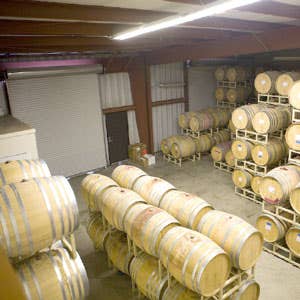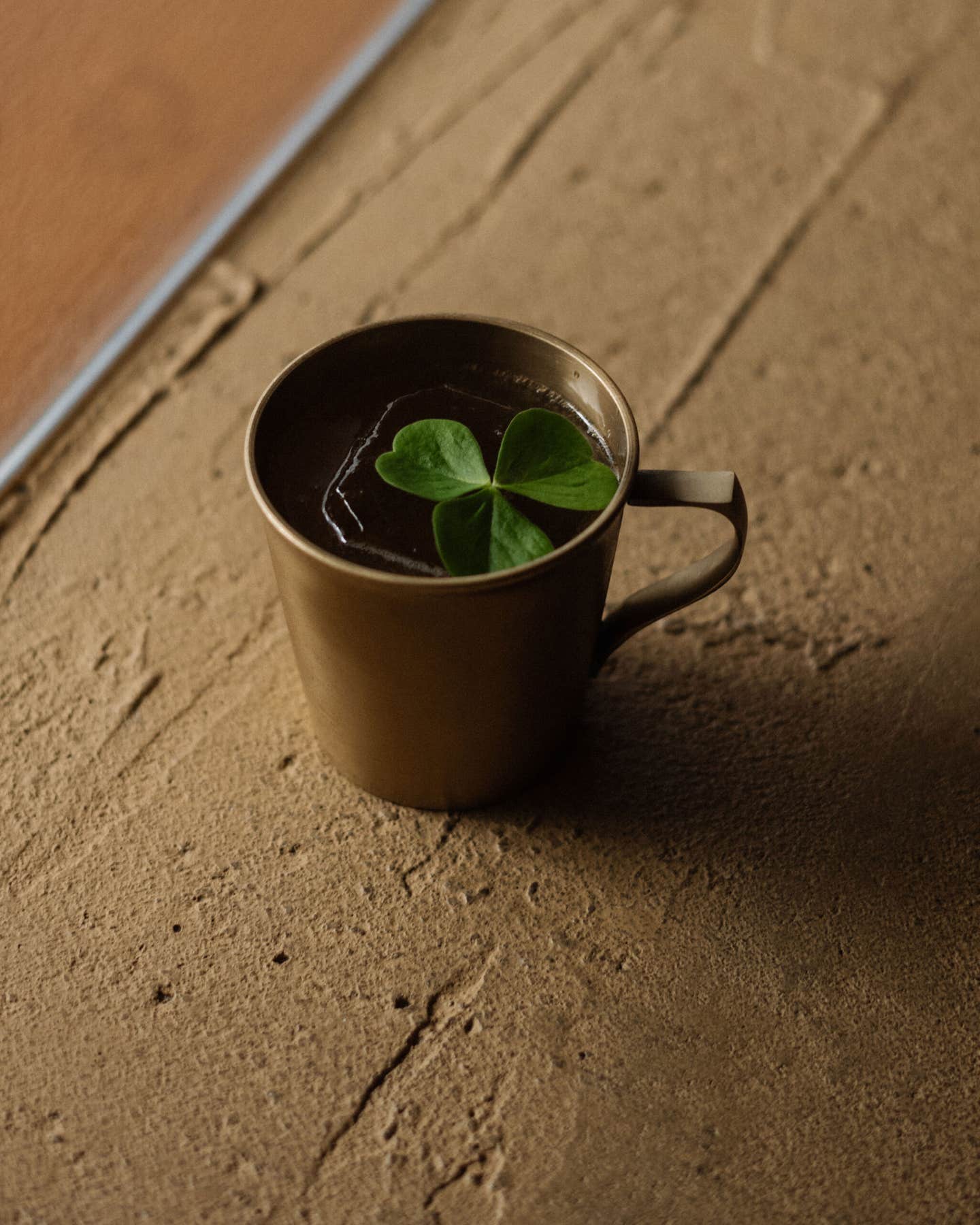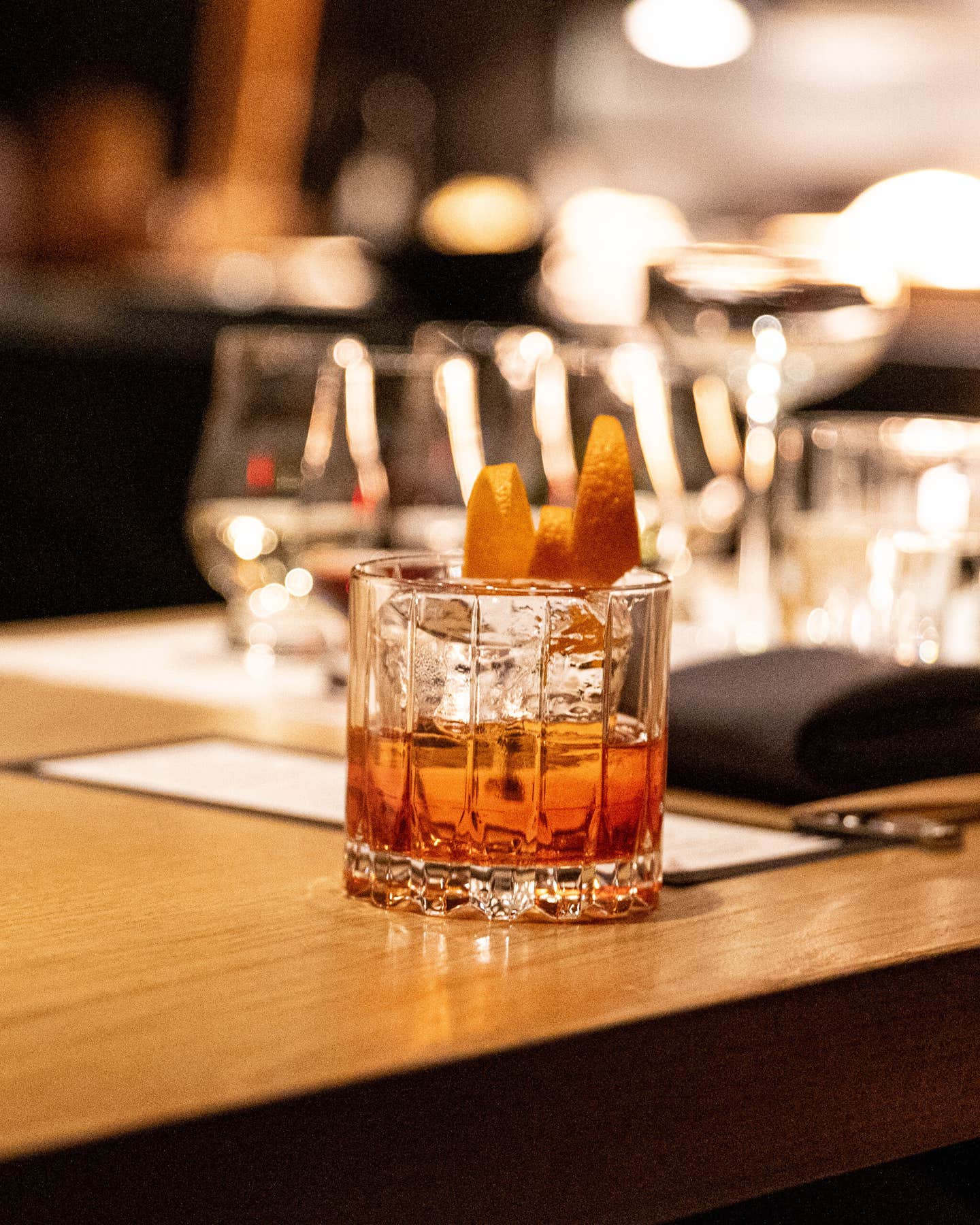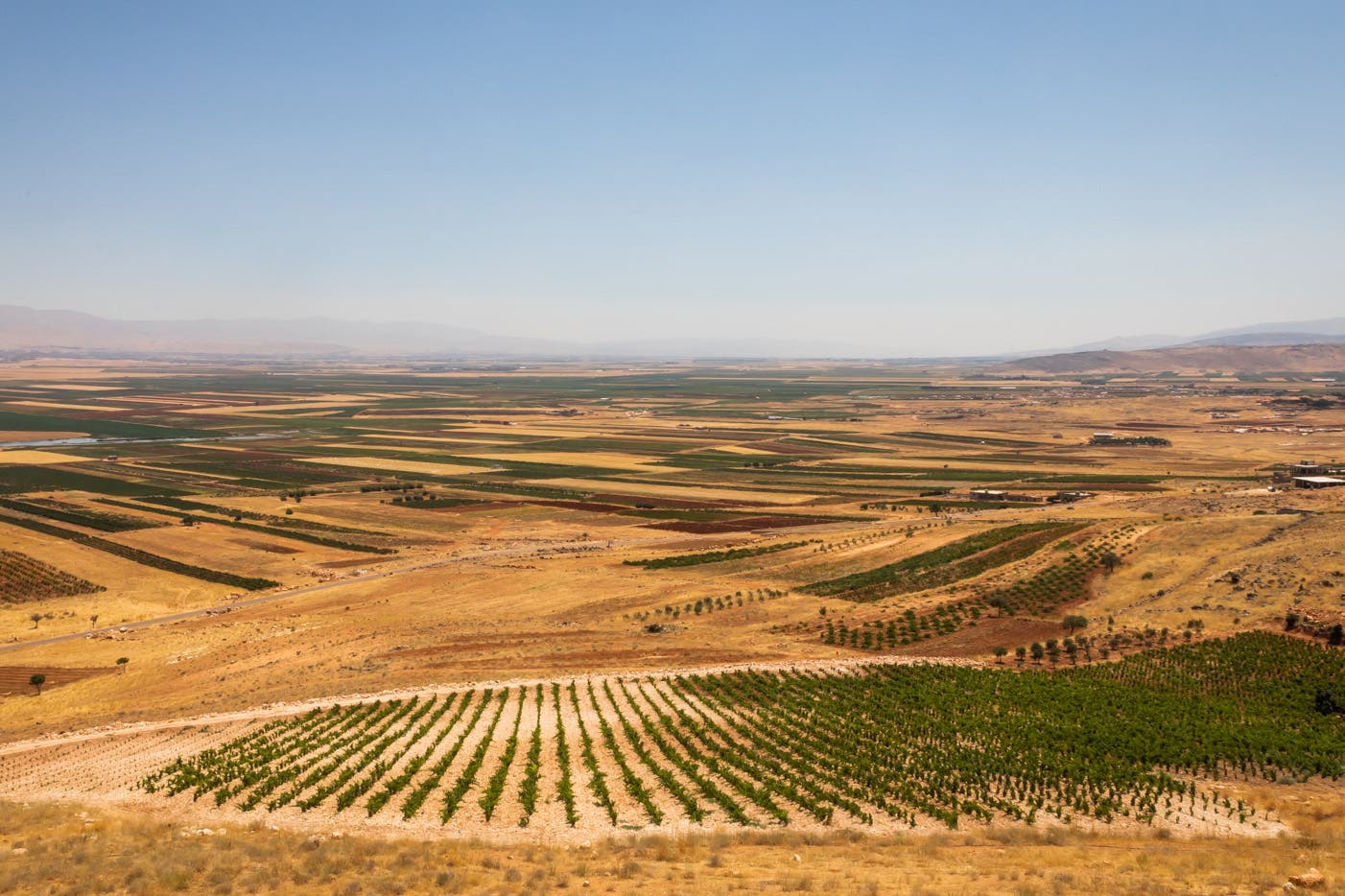
Pioneer Spirit
When I was growing up in Santa Barbara, California, a few decades ago, dozens of vineyards had recently been planted in the surrounding hills, and local wines were starting to flood the markets. My parents, like most area residents, were enthusiastic supporters of this new industry, and I came of age drinking those wines. The ones I remember were big and oaky, like most California wines at the time. Anything but subtle, they hardly seemed to reflect the nuanced environment in which the grapes were grown: a vintner's wonderland of microclimates made possible by Santa Barbara County's unique locale, on a sharply curving stretch of the California coast where vast ranges of foothills and valleys are bathed alternately in fog coming off the ocean and hot air rolling in from the deserts to the east.
A few years ago, however, after I'd left California for New York, I started to find wines from Santa Barbara County that were nothing like those I used to drink. There were bright, strikingly crisp sauvignon blancs; supple, Old World-style pinot noirs; inky and complex syrahs; and even some excellent wines made from grapes I hadn't known were being grown in California, like tocai friulano and nebbiolo. I noticed something else that was surprising: some of the best of those wines—including ones of which I'd been reading effusive reviews—were coming from Lompoc, a small city that most Californians, if they'd heard of it at all, associated with the nearby federal prison and air force base.
Soon, my father and other people I knew back in Santa Barbara were talking excitedly about something called the Lompoc Wine Ghetto, an area on the edge of that town where a cluster of wineries had opened, one right next to the other. Intrigued, I decided to visit a Lompoc winemaker named Steve Clifton; his two wineries, Palmina and Brewer-Clifton, had been earning praise from the likes of the wine writer Robert Parker, who, back in 2001, declared Brewer-Clifton wines his "single greatest revelation" of the year.
When I arrived on a bright fall day at the address Clifton had given me for Palmina Wines, I was sure I'd come to the wrong place. After driving past miles of steep vineyards and hilly grazing lands, I ended up at an industrial park, gazing at rows of prefabricated gray-and-blue steel warehouses. Palmina looked more like a place to buy office carpet than a winery, but when I walked inside, it was clear I'd come to the right place: workers were busily picking through freshly delivered grapes, readying them to be loaded into a crushing machine.
I found Clifton, a boyishly handsome 44-year-old, peering into a steel tank of freshly pressed juice. As he showed me around, he explained that his other winery, where he and his business partner, Greg Brewer, make single-vineyard chardonnays and pinot noirs, was just a few yards away in a larger but otherwise identical building. And beyond that building were the 27 other wineries that occupied the ghetto, all housed in similar spaces.
"Having other winemakers right next door is one of the best things about this place," Clifton told me. "When you're off by yourself in a winery on a vineyard, you don't get as much of a chance to taste other people's wine. You get tunnel vision—in the industry they call it cellar blindness—and you start thinking that your wines taste good because they're all you're used to. Here, we taste wines together all the time, and it gives me a much better yardstick for how my wines are doing."
The communal spirit of the Lompoc Wine Ghetto is in some ways the result of the fact that Santa Barbara was for many years overlooked as a wine region. It wasn't until the 1970s, long after Napa and Sonoma had become well-regarded viticultural areas, that a few intrepid winemakers started up in this part of California. Grapes were already being grown in Santa Barbara County, but most were being sold to Napa and Sonoma wineries. And because much of the land in the county was parceled into large ranches, it was difficult for those pioneers to buy land and establish their own vineyards. So, they started making wine the way it has traditionally been made in places like Burgundy: by buying the fruit from trusted local growers and making the wine somewhere else nearby.
While most of Santa Barbara County benefited from the local wine boom, Lompoc, an unprepossessing town made up of low-slung single-family homes, didn't, at first. For nearly 70 years, the city's economy has depended on nearby Vandenburg Air Force Base, the Lompoc Federal Corrections Institution, and the area's cabbage and artichoke farms and cattle ranches. The city, however, happens to be located next to the Santa Rita Hills, the smallest and, in the opinion of some experts, most promising of the county's viticultural areas—a circumstance that wasn't lost on a Santa Barbara County winemaker named Rick Longoria, who moved the winemaking facilities for his Longoria Wines to an industrial park in Lompoc in 1998. Steve Clifton and Greg Brewer followed a year later.
"Lompoc is a really unique situation," Steve Clifton explained. "It's the only incorporated city in the area, so they were able to make their permitting process easier than it is anywhere else in the county, and they've also helped set up the utilities you need to run a winery." The city's incentives worked, and soon more than a dozen wineries set up shop in the industrial park, most of them run by young vintners who had little money (Brewer-Clifton was started with $12,000) and who had previously been working for other, more-established wineries or renting space in communal facilities. With ample and affordable space and an enhanced ability to control the winemaking process, Lompoc's vintners were free to pursue sometimes daring visions, and within a couple of years, a surprisingly large percentage of them were producing great wines.
Late in the day of my visit to Palmina, a handful of winemakers from the ghetto stopped by with some of their more recent wines. Clifton invited everyone to gather around a table in a room off the production area, and we started tasting. Rick Longoria opened his Cuvee Diana chardonnay, an apple-y, bright wine named for his wife; Victor Gallegos, the general manager of Sea Smoke Cellars, which has gained national renown in recent years, brought all three of the winery's pinot noirs: alluring, complex wines that have earned a cult following in California and beyond; and Chad Melville of Samsara Wine and Sashi Moorman of Stolpman had both brought syrahs that, though made from grapes grown within ten miles of one another, were utterly different in both body and flavor. As for Steve Clifton, he introduced us to a bright, citrusy tocai friulano and a deep, nuanced nebbiolo. Each wine had as distinct a personality as those of the winemakers themselves, and I left Lompoc that day with the certainty that the wines being made in my fog- and sun-bathed native county were only going to get better and better.
Keep Reading
Continue to Next Story










